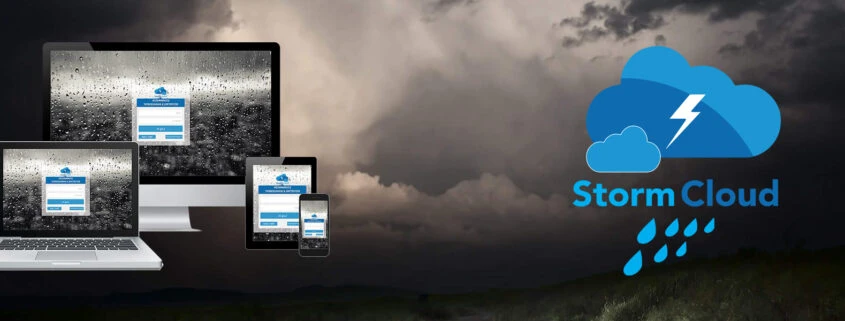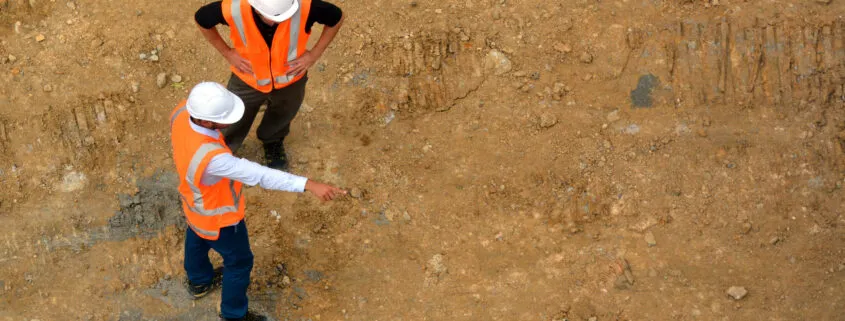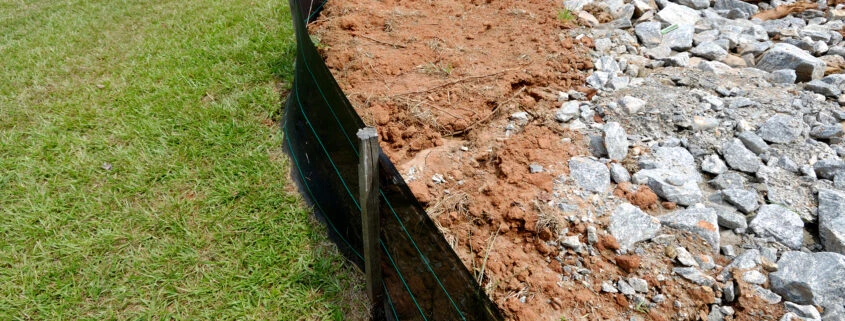Excavation Without Evaluation? You’re Next for a Cave-in
“Trenching and excavating is one of the most hazardous occupations in the construction industry. The only way to minimize these hazards is to follow the OSHA standards requiring engineering controls, protective equipment, and safe work practices.” Said Brian Sturtecky, OSHA’s area director in Jacksonville, FL.
This quote was also accompanied by a $100K willful citation issued to a local contractor for allowing employees to work in an excavation up to 9-feet deep without cave-in protection.
This is because a cave-in is the most common hazard associated with excavation work, as well as the most-deadly. Cave-ins are a risk to workers who repair water, sewer and utility lines, build roadways, perform digging operations, and perform other construction related activities. Some are exposed more than others, but all are at serious risk if proper protective measures are not taken.
AFSCME issued a statement that cave-ins can be caused by:
- Loose soil / dirt due to vibrations from construction equipment or traffic in the nearby construction area
- The weight of equipment combined with being too close to the edge of a trench
- Soil that does not hold tightly together, such as sandy based soils
- Water is heavily present at the job site, which weakens the strength of trench sides
A competent person must evaluate possible dangers before performing trenching or excavation work begins and throughout the entire operation until completion; NO EXCEPTIONS. By OSHA standards, protective systems must be used for any trench or excavation that is 5 feet or more in depth. However, client requirements or the competent person may require protection at depths less than 5 feet.
Protective Systems may include:
- Shoring – This supports the walls of the excavation. Shoring is made up of wales, cross-braces and uprights. Shoring must be installed from the top down and removed from the bottom up.
- Sloping – This means the sides of the hole open out of from the excavation. The type of soil determines the required angle.
- Benching – This system is similar to sloping with steps cut into the sides of the trench.
- Shielding – Shielding involves trench boxes or trench shields that are placed in the excavation to prevent the sides of a trench from caving in. The worker is only protected while in the “box”. Some boxes can be moved throughout the work process. The shield must extend at least 18 inches from the top of the trench.
To evaluate which protective system and other measures need to be deployed, the competent person may have a checklist to properly inspect the excavation like the example below:
- How deep is the excavation?
- If 0’-4’ – Has the competent person inspected it and “safed it up”?
- If 4’-5’ – Is there a means of egress (ramp, ladder or stairway) within 25’ of where people are working? Is there a potential for hazardous atmosphere in the excavation? This could be like in a landfill, chemical dump, nearby blasting or even next to a large highway. Was it tested?
- If 5’-20’ – Does the excavation meet the egress and hazardous atmosphere standards? Is the excavation sloped, shielded or shored?
- If 20’+ – Has a professional engineer registered in the state been engaged to design the excavation?
- If sloped or benched
- Has the soil been classified as stable rock, type “A”, “B” or “C”. Remember type “C” cannot be benched.
- What was the basis for classification?
- Was at least one manual and one visual test completed.
- Is water coming into the excavation?
- Is there vibration in the soil?
- Is it sloped into the excavation steeper than 4 to 1? Is it previously disturbed?
- Was it downgraded?
- Are spoils, materials, and equipment at least 2’ back from the edge of the excavation?
3. If shielded
- Is the tabulated data on site, and does the competent person understand how to read it?
- Is the box within its rating?
- Is it more than 2’ off the bottom of the excavation?
- Is the dirt 18” down on the side of the shield?
- Is the worker staying inside the shield?
- Is there a means of egress within the shield?
4. If shored
- Was the table in subpart “P” followed or was the calculation provided by a professional engineer?
- Is everyone in the excavation wearing a hardhat?
- Was the inspection and classification by the competent person documented?
HB NEXT has provided excavation competent person training and expertise to our clients for nearly 20 years. If you do not have a competent person on site or need more information about excavation safety training, please contact us today.











